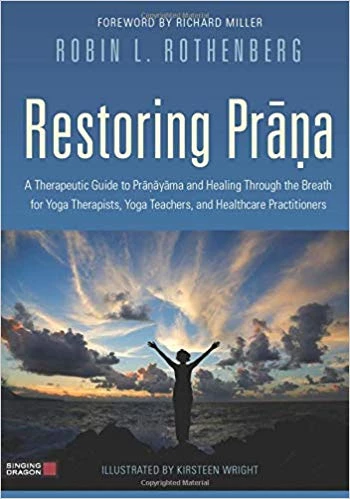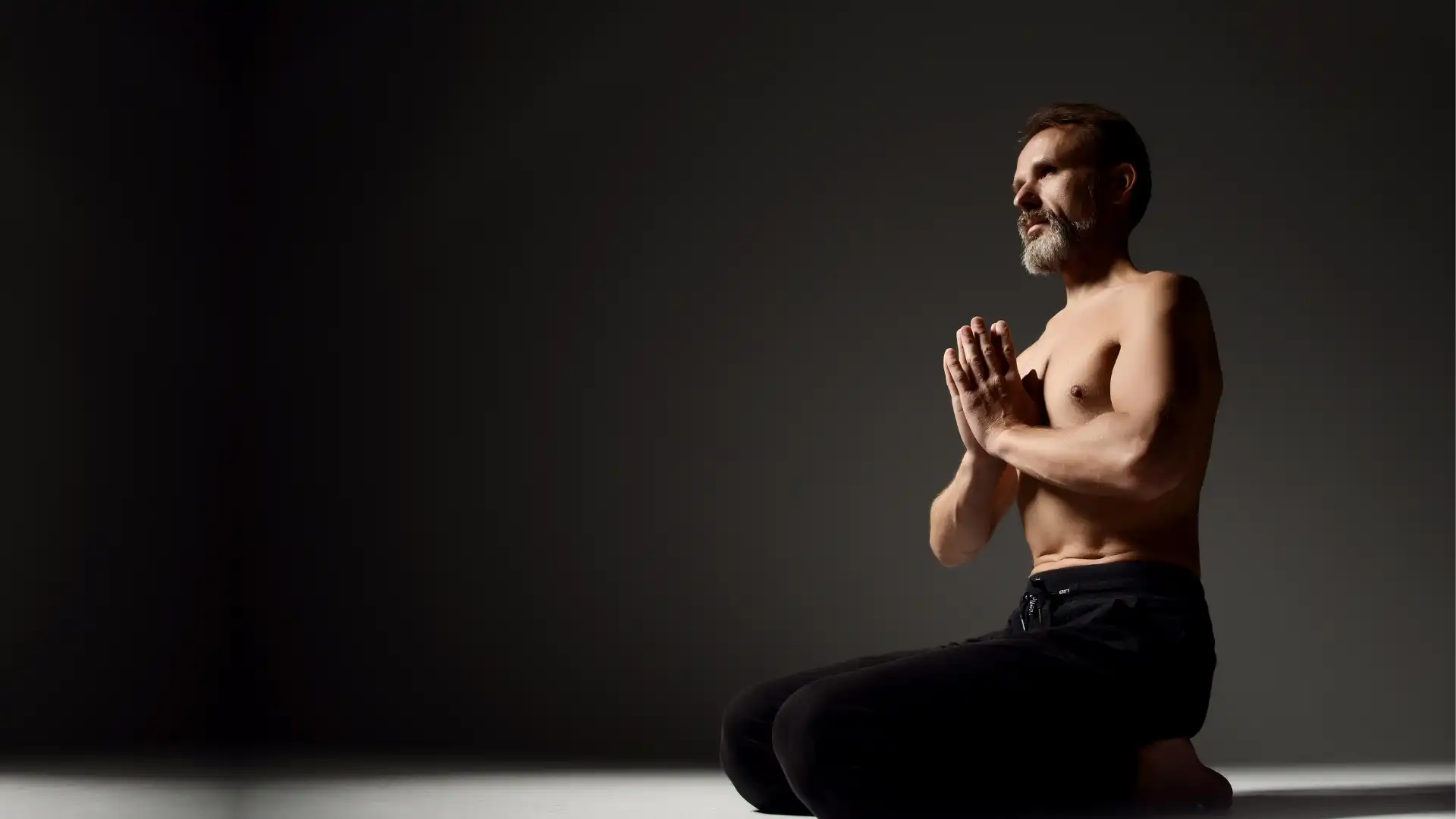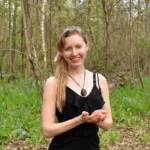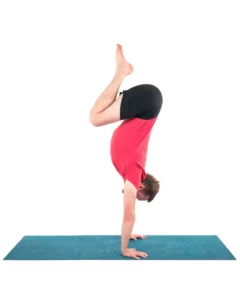Book Review: Restoring Prana

“Take a deep breath in,” can be a common way to cue students in modern-day yoga classes. Yet not all yoga teachers question the origin of deep, full breathing. Is matching big breathing to movement rooted in Vedic philosophy? Or is it something that today’s yoga culture invented?
In her book Restoring Prana: A Therapeutic Guide to Pranayama and Healing Through the Breath for Yoga Therapists, Yoga Teachers, and Healthcare Practitioners, Robin Rothenberg, C-IAYT, courageously  questions big breathing in modern-day yoga. Rothenberg does so by deep-diving into the biomechanics of pranayama, which she defines as “the vital, energetic sheath of our being” (p. 367). With health and vitality as the ultimate goal of her exploration, this book is a powerful tool not only for yoga enthusiasts but for anyone who breathes.
questions big breathing in modern-day yoga. Rothenberg does so by deep-diving into the biomechanics of pranayama, which she defines as “the vital, energetic sheath of our being” (p. 367). With health and vitality as the ultimate goal of her exploration, this book is a powerful tool not only for yoga enthusiasts but for anyone who breathes.
Throughout the text, Rothenberg weaves together Vedic science and Western physiology to paint a picture of optimal breathing for health and wellbeing. She begins by exploring the origins of pranayama and the theory of prana, defined as “principal life air or life-force” (p. 367). In returning to historical yogic texts, Rothenberg finds that big breathing was not promoted by the ancient yogis. By contrast, pranayama techniques guided practitioners to make the breath slower and more subtle.
Next, Rothenberg uses biomedical research as evidence for the efficacy of slow, subtle breathing. She supports her argument by describing the biochemistry of respiration, the physiology of diaphragmatic breathing, and the interplay of the emotional brain and the breath. Rothenberg provides evidence that, in our modern era, chronic hyperventilation, chest breathing, mouth breathing, and over-activation of the sympathetic (fight-or-flight) nervous system are all related unhealthy habits, or samskaras, that negatively impact our respiratory health.

After making a case for slow, controlled, and energetically efficient breathing, Rothenberg circles back to Vedic science. Rothenberg explains that it was only after she had learned to control her breath with the Buteyko Breathing Method, which promotes reduced breathing, that she was able to value classic pranayama techniques. She elaborates on extended kumbhaka, or breath retention, as the ultimate orientation of pranayama and engaging the bandhas, or energetic locks, as ways of extending kumbhaka.
Through her book, Rothenberg reinforces a vital distinction between the objective of pranayama for the ancient yogis and modern practitioners. On the one hand, the teachings of pranayama were once transmitted to an enlightened few yogis to aid in their attainment of samadhi, or deep meditative consciousness. On the other hand, Rothenberg posits that pranayama today can be taught to all to assist with the many chronic illnesses that afflict the population, including asthma, COPD, sleep apnea, autoimmune disorders, and anxiety. Thus, she ends her book with therapeutic applications of pranayama and several safe, easy-to-follow yoga sequences to restore prana.

Restoring Prana is not only a practical guide for all those who teach breathing, but it is also a compelling resource that causes us to question our preconceived notions of respiratory health. Moreover, Restoring Prana is a powerful tool for svadhyaya, or self-study, which prompts us to assess our subconscious habits within the 23,000 or so breaths that keep us alive each day. Indeed, after reading this book, yoga teachers may think twice before we ask students to “take a deep breath in.”
Also, read...
Yoga Teaching & Practice: Parivrtta Trikonasana (Revolved Triangle Pose) – Tutorial Yoga Video
Oct 03 – YogaUOnline staff
Tom Myers: Change the Body to Change the Mind – Fascia, Yoga and the Medicine of the Future
Sep 16 – Eva Norlyk Smith, Ph.D.
The 3 Keys to Keeping the Fascia Hydrated with Tom Myers (Plus Video!)
Sep 07 – By: YogaU Staff
Related courses

Lacey Ramirez writes for YogaUOnline and is an RYT-500 & ERYT-200 yoga teacher, global health researcher, and writer based in St. Louis. Through her work, she seeks to make yoga accessible, inclusive, and equitable.
Lacey discovered yoga as a tool for centering during her years as a competitive runner. Since then, yoga has served as a way to connect with her body throughout her experience of pregnancy and parenthood. She teaches because she hopes others can use this sacred practice for calming, healing, and transformation.
As a yoga teacher, Lacey specializes in teaching restorative, Yin, prenatal, and trauma-informed Vinyasa yoga. She has also completed birth doula and prenatal/postnatal barre certifications and trainings. Additionally, she holds a Masters of Science in Global Health and Population from Harvard T.H. Chan School of Public Health. To learn more and connect, visit her website laceyramirez.com
Recent articles
Cat-Cow Pose (Marjaryasana-Bitilasana)
Oct 13 – By:
2 Restorative Yoga Poses to Calm Your Body and Mind
Oct 08 – By: Sue Dumais
Yoga Teaching & Practice: Parivrtta Trikonasana (Revolved Triangle Pose) – Tutorial Yoga Video
Oct 03 – YogaUOnline staff
Categories
Upcoming courses
JOIN NOW!
Recent articles
Almost there...
Sorry, we couldn't find anything...
Pose Library
Cat-Cow Pose (Marjaryasana-Bitilasana)
Cat-Cow Pose is a very common sequence in yoga classes. It is almost as…
Oct 13 – By:
Pose Library
2 Restorative Yoga Poses to Calm Your Body and Mind
The following two restorative yoga poses can be used at home anytime you feel…
Oct 08 – By: Sue Dumais
Pose Library
Yoga Teaching & Practice: Parivrtta Trikonasana (Revolved Triangle Pose) – Tutorial Yoga Video
Every yoga pose is challenging in its own way, and Parivrrta Trikonasana (Revolved Triangle…
Oct 03 – YogaUOnline staff




